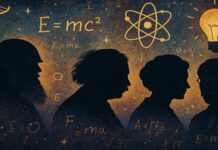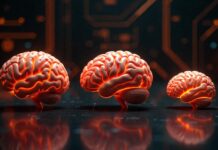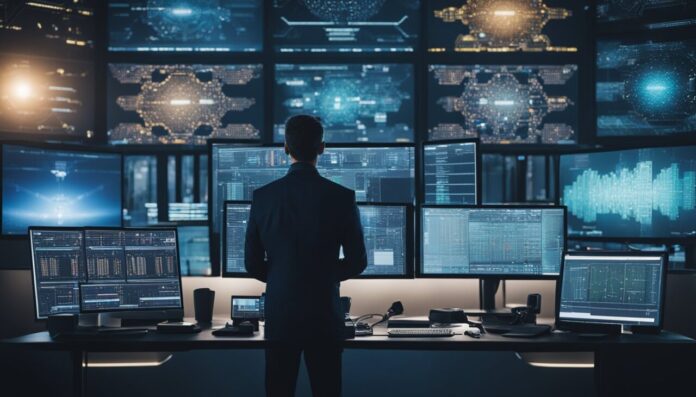
Are we living in base reality, or is life just a highly sophisticated simulation? What once sounded like the plot of The Matrix is now really serious topic of discussion among physicists, philosophers, and tech pioneers.
Basically everyone is talking about the possibility of the simulation hypothesis being potentially true.
Namely, Advances in quantum mechanics, computing, and artificial intelligence have somehow forced us to confront worrying questions about the nature of existence.
If we can create lifelike simulations, what’s stopping someone—be it aliens, future humans, or even a super-intelligent AI—from having already done it on a cosmic scale?
This isn’t just speculative fiction. There are patterns, anomalies, and outright bizarre phenomena in our universe that hint we might not be living in the “real world.”
So, let’s dive into the top ten proofs or clues as to why life might not be as real as it seems.
1. The Pixelated Universe: Is Reality Made of Tiny Blocks?
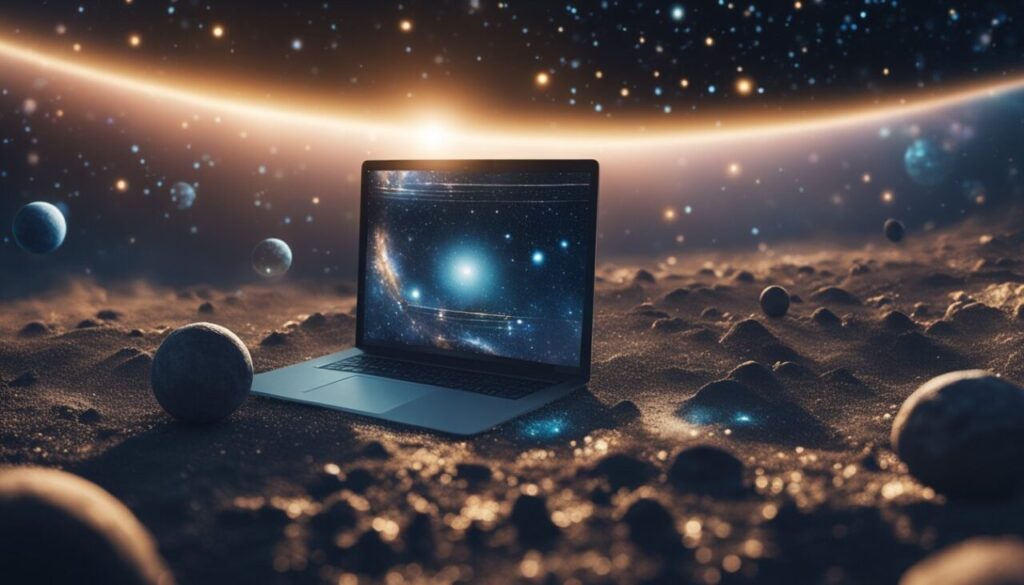
Imagine zooming into a computer screen until the smooth image breaks into a grid of tiny squares. We all tried to zoom into some (nasty?) pictures until they become pixelated.
Now apply that same idea to the universe.
Well, scientists have discovered that the cosmos isn’t infinitely smooth—it behaves as though it’s made of indivisible units, like the “pixels” of space-time.
This concept comes from quantum physics, which shows that energy levels are quantized, meaning particles exist only in discrete states rather than smooth transitions.
We also need to mention the “Planck length”- the smallest possible unit of space. Nothing smaller can exist or be measured, as if the universe has some kind of a built-in resolution.
Additionally, even time appears to be quantized at the smallest scales.
And so, these discoveries beg the question: why would a “real” universe have such limits?
If reality were a program, wouldn’t it make sense to have minimal units to save processing power? Interesting, huh?
Weird scenario: What if you could zoom in far enough on a tree or a building and find edges made of digital blocks? Imagine the shock of realizing the "smooth" objects around you are composed of unnoticeable grids.
Interesting fact: The Planck length is about 1.6 x 10⁻³⁵ meters, which is to space what one frame is to a movie—an atomic unit of existence itself.
2. Mathematics Governs Everything: Coincidence or Code?

Our universe runs on math. We all know that. From the orbits of planets to the trajectories of particles, everything somehow follows precise mathematical equations.
Even the seemingly chaotic—like weather systems or stock markets—operates within mathematical boundaries.
So the obvious question arises: Why would a “natural” universe behave like a perfectly coded machine?
When you think about it, the logical precision of mathematics feels more like the blueprint for a computer program than the result of random chance.
The deeper physicists go into the universe’s workings, the more they find complex patterns and rules as if someone wrote them into existence.
For example, James Gates, a theoretical physicist, even discovered error-correcting codes (the kind programmers use) embedded in the equations describing fundamental particles. Now that’s something huge.
Weird scenario: Picture a world where mathematicians finally crack the “ultimate equation,” and it turns out to be a piece of code labeled “universe.exe.”
Interesting fact: Some experts argue that mathematics is discovered, not invented, suggesting it could exist independently—like a coding language waiting for someone to use it.
3. Déjà Vu: Glitch in the Matrix?

You’re walking down the street when you suddenly freeze. You know you’ve been in this exact moment before—the sounds, the smells, even the words someone is about to say. That uncanny familiarity is known as déjà vu, and while scientists attribute it to memory misfires, what if it’s something more?
Déjà vu could be evidence of a glitch in the simulation. If reality is code, these moments might occur when the program stutters, reloading a previous state. It’s like playing a video game that momentarily freezes and repeats itself.
Weird scenario: Imagine you're mid-conversation, and suddenly, the same words echo twice in your head, as if you’re replaying a scene. What if someone accidentally pressed “Undo” on your timeline?
Interesting fact: Around two-thirds of people experience déjà vu, and most episodes happen during stressful or unfamiliar situations. It’s as if the simulation struggles when under pressure.
4.The Mandela Effect: Did Someone Edit History?

Ever argue with someone about a memory you’re sure is correct, only to find out “history” disagrees with you? Well, welcome to the Mandela Effect, a phenomenon where large groups of people misremember historical events the same way.
One of the most famous examples is Nelson Mandela’s death (hence the name). Many recall him dying in prison in the 1980s, despite records showing he lived until 2013.
Other examples include the Monopoly man—many vividly remember him having a monocle, but he doesn’t.
And so, how do we explain these collective “false memories”? One theory is that the simulation’s code gets rewritten, leaving remnants of the old version behind in our minds.
Interesting fact: Some theorists suggest the Mandela Effect is evidence of parallel realities colliding, leaving fragments of alternate timelines in our memories.
5. A Universe Too Perfectly Fine-Tuned
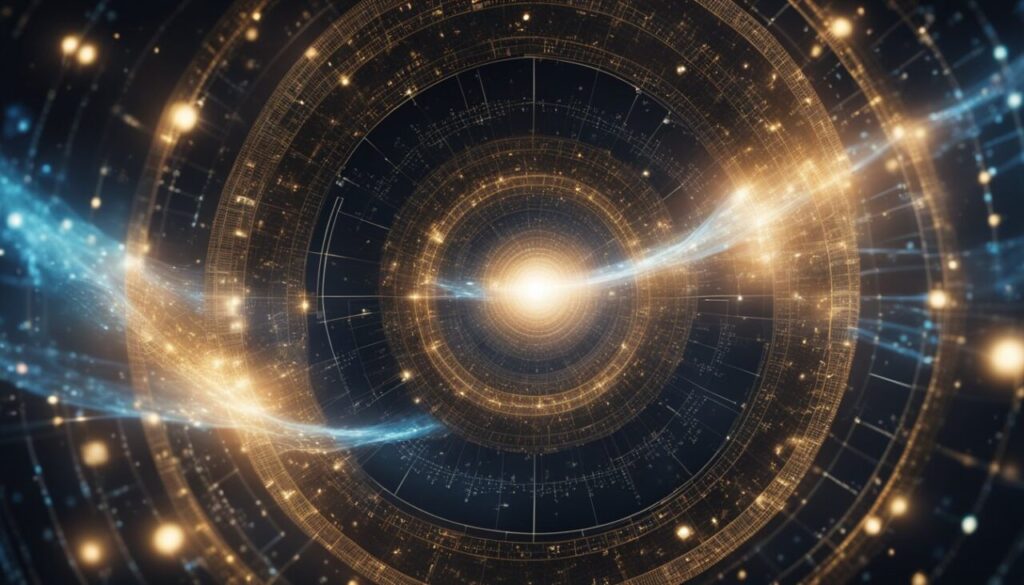
The conditions of our universe are almost impossibly perfect for life. The force of gravity, the charge of electrons, and the speed of light are all precisely calibrated. Change any of these values even slightly, and atoms wouldn’t form, stars wouldn’t shine, and life would be impossible.
This “fine-tuning” suggests that either we’re incredibly lucky, or someone designed the universe this way.
A simulation would naturally need to be fine-tuned to create the desired outcome—like setting parameters in a video game.
Interesting fact: Scientists estimate that there are 20 constants in physics that must be just right for the universe to function as we know it.
6. UFOs as Debugging Tools
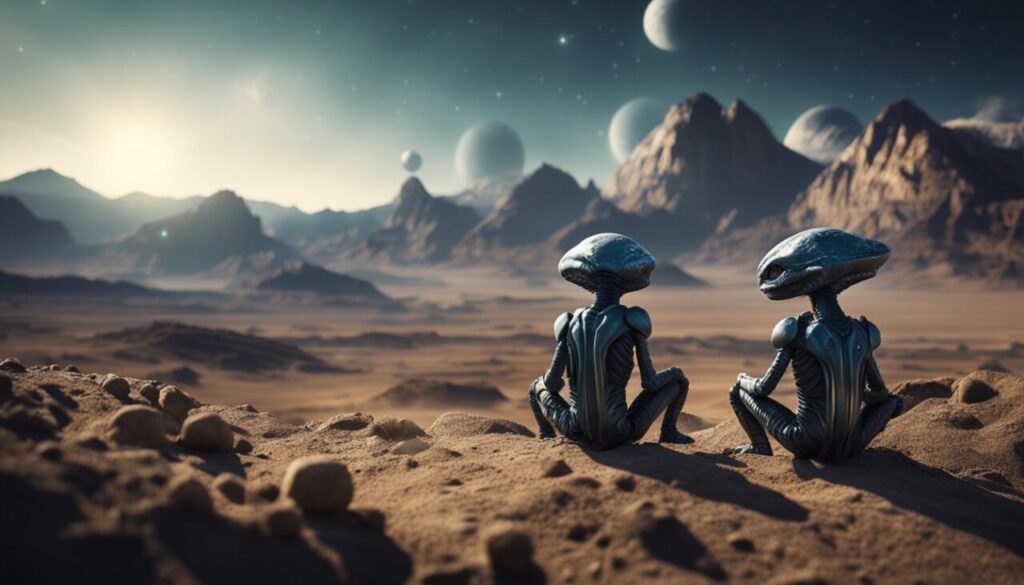
Unidentified flying objects (UFOs) have mystified us for decades. And while most people believe they’re alien spacecraft, an alternative theory suggests they could be tools used by the creators of the simulation to monitor or debug the program.
These objects often defy known physics, moving at incredible speeds or vanishing without a trace.
If they’re not bound by the same rules as the rest of the simulation, that could explain their seemingly impossible behavior.
Interesting fact: In 2021, the Pentagon officially acknowledged UFO sightings by military personnel but couldn’t provide explanations for many of them.
7. The Double-Slit Experiment: Does Reality Only Appear When Observed?

Quantum physics delivers one of the strangest clues we might be in a simulation. The famous double-slit experiment reveals that particles act like waves when unobserved but behave like particles when measured.
In other words, reality changes based on whether it’s being observed.
This makes no sense in a physical universe but fits perfectly with the idea of a simulation.
In video games, for example, only the parts of the world that the player sees are rendered.
Could our universe operate on similar logic to save processing power?
Interesting fact: This phenomenon, known as “wave-particle duality,” certainly remains one of the most mysterious aspects of modern physics.
8. The Speed of Light: A Cosmic Speed Limit
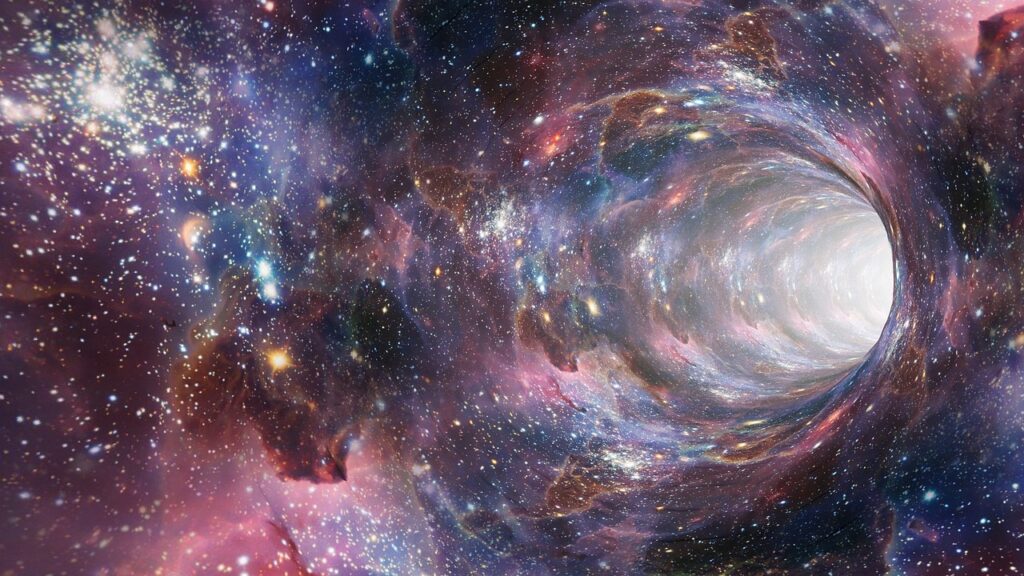
Nothing can travel faster than the speed of light—an odd restriction in a supposedly infinite universe. But if reality is a simulation, this could be the system’s maximum processing speed.
Much like a computer can only process data at a certain rate, the universe might have built-in limits to ensure it runs smoothly.
Black holes, which trap even light, might represent areas where the system can no longer process information.
Interesting fact: The speed of light is approximately 186,000 miles per second. At this speed, you could circle Earth seven times in one second.
9. Artificial Intelligence: We’re Building Mini-Simulations
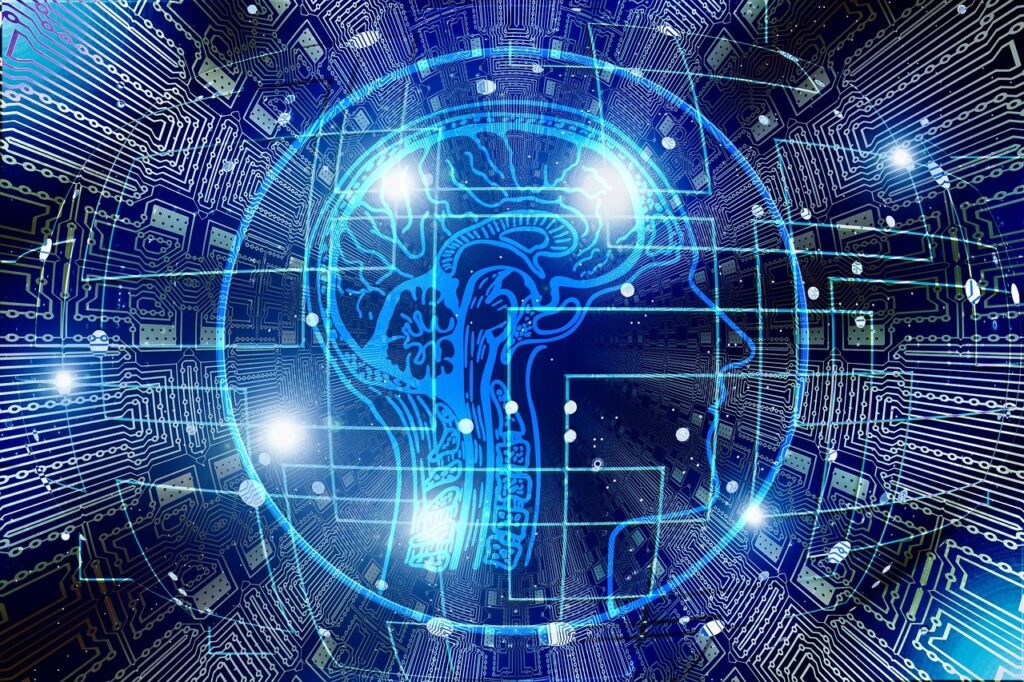
Humanity is on the verge of creating AI so advanced it could simulate entire worlds, complete with sentient beings.
If we’re already dabbling in simulations, it’s not hard to imagine that someone else—whether an alien species or future humans—has already built a simulation on a universal scale.
Some researchers believe that once AI reaches a certain level, it will be indistinguishable from real intelligence.
Well, if that’s true, we might already be living in a hyper-realistic simulation without knowing it.
10. Dreams: Test Runs for Alternate Realities?

Every night, we enter worlds that feel vivid and real but dissolve as soon as we wake up. Dreams actually could be a way for the simulation to test different scenarios without affecting the main program.
The randomness of dreams might reflect experimental code running in the background, tweaking variables to see how outcomes change.
This could explain why dreams often feel both bizarre and meaningful.
Weird scenario: What if every time you dream, you’re stepping into an alternate simulation, experiencing another version of your life for a few hours?
Interesting fact: Most dreams last only 5-20 minutes, yet they can feel like hours. Could the simulation be accelerating time perception during these tests?




















